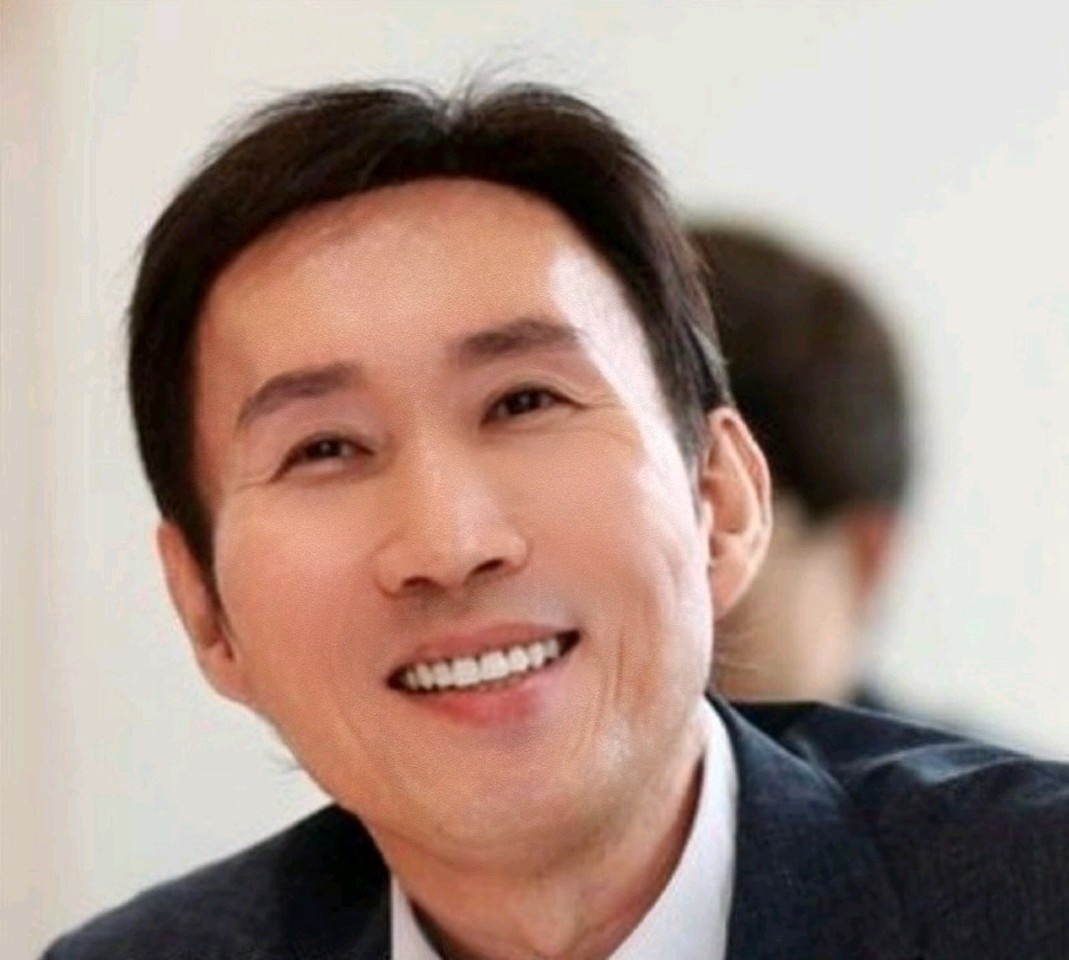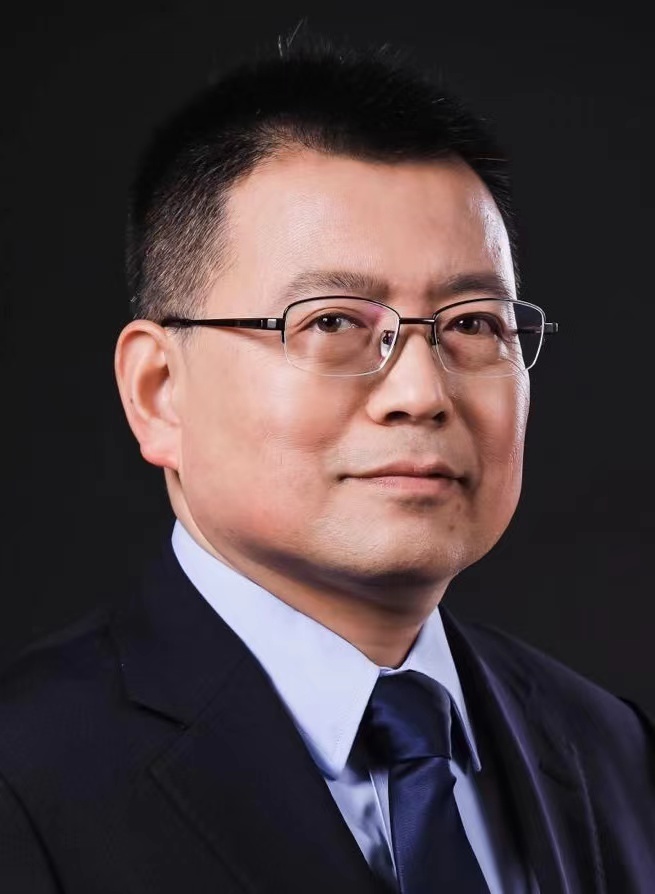[Hwang’s China and the World] Seeking a crack for cooperation amid the tension between the US and China
By Choi He-sukPublished : July 3, 2022 - 23:15


US-China relations are the most critical bilateral relations among numerous others in the international community.
Since Xi Jinping became the supreme leader of China in 2012, China has been shaping its own diplomatic color, instead of “taoguang yanghui” (keep a low profile and bide your time, while also getting something accomplished). Although there is still a lack of sophistication and detail, it is clear enough to shock and give tension to the US, since the US has enjoyed an exclusive status in the international community with its authority and capabilities.
The White House published its Indo-Pacific Strategy Report in February this year, and Secretary of State Tony Blinken’s speech at George Washington University in May de facto revealed the US’ ideas and direction toward China. Despite the emphasis on the need for cooperation between the two countries, the inevitability of competition was reflected.
Nevertheless, the situation is never easy, because it is difficult and impossible to eradicate inconvenient and dissatisfying supply chains even though the two have been intertwined over the past few decades. An uncomfortable relationship between the two makes it uneasy for the countries in between. They have to endure the irritation from the US and China, but they also have to seek national interests at the same time.
Where are US-China relations standing now? What are these two countries’ thoughts and where are they heading to?
To find the answers, this week I invited two experts from Korea and China. We have Choi Wooseon, a professor at the Korea National Diplomatic Academy, and Yu Tiejun, a professor at the School of International Studies in Peking University.
Hwang: How would you evaluate the current US-China relationship?
Choi: My assessment is that the US and China are standing at the early stages of real competition. Some say that the US-China relationship has already entered a cold war, but I think it’s a bit exaggerated. I think it is a competitive relationship in which there is still a certain amount of cooperation between the US and China.
The critical trigger that intensified this competition between the US and China was the emergence of the US’ tough posture toward China in 2017. Before then, US policy toward China was largely focused on cooperation, and its attitude toward China’s rise was engagement rather than balancing.
However, in 2017, US policymakers began to converge to the consensus that this policy had helped China grow while failing in inducing it to become a status quo power and that stronger constraints on China in military and economic areas were in need. Fundamentally, this consensus resulted from the changed power relations. The US now considers China as a near-peer competitor. So it is stepping up its balancing of China.
Hwang: What is the Joe Biden administration’s purpose in its China policy?
Choi: It is mainly about maintaining America’s superiority as long as possible and retarding China’s growth, but it is unlike the Cold War in the past in that America does not totally contain its opponent with the aim of collapsing it.
Although the recent Russian-Ukraine war has made Russia the US’ new rising trouble, the US is still keeping its focus on China.
Accordingly, Asia’s strategic priority is staying at the top of the US foreign policy. And the US’ main course of action is to pursue competitive economic policies toward China while strengthening its economic vitality.
In particular, the US emphasizes eliminating unfair practices and selective decoupling in high-tech areas. It also stresses accelerating military innovation, upgrading alliances and partnerships, and restoring US leadership in international multilateral organizations. Further, we now see the competition of values that president Biden highlights.
Hwang: Do you think we can say that the Biden administration is basically continuing the previous Donald Trump administration’s stance on China policy?
Yu: Actually there are several different characteristics in the US-China strategic competition.
First, the Biden administration is trying to expand the alliance front to strengthen its alliance system and to constrain China. Biden’s expansion is through the US-Japan alliance, the US-ROK (South Korea) alliance, the US-Philippine alliance, NATO, AUKUS, the Quad, Summit for Democracy, and so on.
Additionally, the US has set the Indo-Pacific as the strategic competition ground between the US and China, especially focusing on the Taiwan Strait and the South China Sea. The US and China continuously have disputes on international order, socioeconomic systems, development models and ideologies. The so-called superpowers competition’ between the US and China is being prolonged.
Hwang: What do you think about alliance policies like the Quad and AUKUS?
Choi: I think the US is making long-term efforts to form multilateral alliances in the region in gradual and flexible ways. Due to China’s limited military threat, the US’ military superiority and geographical distances between countries, most countries in the Indo-Pacific region will likely continue a certain level of buck-passing to the US for a while. American policymakers recognize the reality.
Hwang: What is the overall US policy toward China, including military aspects?
Choi: I think that, in the near future, China will pursue neither an earnest arms race nor military confrontation.
US policymakers also presume that China’s threat is not imminent. However, it is true that military competition between the US and China is intensifying, and the US considers China’s development of precision strike capabilities and cyberspace electronic warfare capabilities as serious challenges to the US’ superiority, especially in airspace and battle network.
Also, China’s navy is increasing its potential to take control of the Western Pacific, which could be the greatest threat to US position in the long run.
As a result, the US has been shifting to the military strategy that focuses on great power conflict, especially with China, since 2018. And the US is accelerating its military innovation to overcome Chinese challenge, focusing on the development of new operational concepts and investments in future capabilities.
Hwang: What is the Xi Jinping administration’s policy that counteracts these US moves?
Choi: I think that Xi government still maintains a defensive and conciliatory posture. It seems to be avoiding direct military challenges under US superiority, and tends to favor easing tensions with the US to focus on economic development.
On the other hand, it is true that it has maintained an active stance in foreign policies and territorial disputes with the neighboring countries since the late 2000s. And China is making long-term efforts to reshape the regional order in its favor through the Belt and Road Initiative and other measures.
Certainly, American policymakers consider these as challenging behaviors to the US.
Hwang: What is the general perception of China’s security situation in the region?
Yu: From China’s perspective, it is worth noting that the security situation surrounding China, such as the Korean Peninsula, the South China Sea, and Taiwan, is getting serious.
The instability of the Korean Peninsula is prolonged due to the failure of establishing the peace regime, which mainly was about North Korea’s nuclear issue, and the South China Sea issue is still in conflict with the Philippines and Vietnam.
Lastly, Taiwan has long been the core of the US-China Strategic competition and crisis management. Although both the Trump and Biden administration claim a “One China” policy, it seems the “strategic ambiguity” is steadily changing into “strategic clarity.” For one example, the US mentioned Taiwan seven times in the Indo-Pacific report in February 2022, and is conducting arms sales, military education and military connections with Taiwan.
Hwang: How does China view the Russia-Ukraine war?
Yu: The ongoing Russia-Ukraine war is not making any progress through negotiations and is in a stalemate. This is making a major impact on the security situation around the world and is causing problems in various areas such as the economy, trade, finance and energy.
The Russian-Ukraine war is a big challenge for China, since China is having friendly relationships with both Russia and Ukraine.
Hwang: The issue of nontraditional security is increasingly emerging in the international community.
Yu: Yes, especially as new pandemics such as COVID-19 hit the world hard, it has had a profound impact on global politics and the economy, and the importance of environmental security, such as climate change, is sustainably growing.
However, under the circumstances where international organizations have failed to play their role, the global governance is facing serious challenges. I am saying that this era is the era of peace and development, but it is also true that at the same time we are facing the crisis and challenges that I mentioned earlier.
In the future, I wish three countries -- China, Korea and Japan -- continue on cooperating as much as possible in areas where they can to promote the development and peace of the international community.
Hwang: What are the prospects of US-China relations?
Choi: The trend of increasing competition between the US and China is not reversible because it basically the result of the changing balance of power.
This trend shows that economic interdependence has limitations in controlling competition. Rather, security competition is now making significant negative impact on economic relationship. And, despite the Russian-Ukraine war and the necessity to invest significant resources and energy in Europe, the US will stick to its Asia-centric policy to compete with China.
It is because China is its real competitor. Russia will be weakened over time through the war and sanctions. And the US will be able to keep naval and air capabilities required in Asia while deterring Russia in Europe.
Yu: Since President Trump took power in 2017, the US has considered China as its biggest strategic competitor.
Ever since then, the US-China relationship has entered a full-scale competition. Many experts are now concerned what if the US-China relationship enters the “New Cold War” or Cold War 2.0. On the other hand, while the US-China competition is escalating in terms of politics and security (and sometimes even confrontation exists), a close relationship is still going on in the economics. For example, US-China trade reached more than $755.6 billion in 2021. In other words, unlike the past Cold War, the current US-China relationship is very economically interdependent, which is a big difference from the past Cold War.
Basically, the strategic competition between China and the US is expected to intensify, not diminish. This is because the power gap between the US and China is narrowing down in terms of the balance of power and both are mutually recognizing one another in a negative view.
Additionally, the ideological and domestic political situations are also heating up the competition. The US-China strategic competition will last in the long term, for more than a decade. It will expand beyond political security to economic security and high-tech areas, and will focus on the Asia-Pacific region, particularly Taiwan.
Of course, both the US and China will try to prevent a fierce confrontation at the front line, and the two countries will maintain this situation where they “keep the competition but avoid the collapse.” In order to do so, it must be necessary to refer to the deterrence and crisis management experiences and cases from the past in terms of national security.
Hwang: What could US-China relations be in long-term perspectives?
Choi: There are different scenarios such as a cold war, limited cooperation, cooperation, military conflict and condominium.
I personally think that there will likely be limited cooperation between the US and China until the mid-2030s. When I imagine their relations in the longer term, however, there will be a competition like the Cold War because it is probable that at some point after the mid-2030s, China will seek to dominate the region for its own security, attempting to exclude the US from the region.
Then the US will respond by containing China to prevent it from becoming a regional hegemon. Nonetheless, I expect that we can see the balance of power and stability based on the US’ military superiority and grand alliance in the region.
Hwang: It seems that we can understand the US strategy toward China over the last few years through President Biden’s recent visit to Korea and Japan.
Yu: The official launch of the IPEF (Indo-Pacific Economic Framework) must be one instance of what you mean. In the face of intensifying competition between the US and China, the fact that the US did not have any position in the Comprehensive and Progressive Trans-Pacific Partnership with the RCEP (Regional Comprehensive Economic Partnership) must have been the reason why it had no choice but to make efforts to strengthen cooperation with Korea and Japan.
Choi: President Biden’s trip to South Korea and Japan was pretty successful as it was a sign that the US’ focus was on the Indo-Pacific region amid the ongoing Ukraine war.
The Moon Jae-in government achieved a significant level of improvement in relations through the ROK-US Summit in 2021. However, there still was a gap in China policy of the two allies.
The Moon government basically pursued a kind of balancing between the US and China while the US was stepping up its balancing against China. In contrast, the ROK-US Summit this year showed a greater synchronization when it comes to China policy. If you read through the statement, there is one very important change that you can see between the lines.
In the past, the cooperation on the Korean Peninsula and global issues was emphasized under a comprehensive development of US-ROK alliance. However, cooperation at the regional level was largely avoided because it could be interpreted as targeted at China. This time, the statements or the remarks are clearly pointing at ROK-US cooperation in the Indo-Pacific region.
The statement contains an active posture of the Yoon government not only about joining IPEF, but also about working with the Quad. In addition, a more positive attitude toward Korea-US-Japan cooperation, including security cooperation, was expressed.
In the same context, it seems that a coherent stance toward maritime security and Taiwan has begun to be established. So these changes must be a sign that the current government has shifted from a so-called “balancing” between the US and China to a policy that clearly prioritizes the alliance with the US.
However, it should not be predicted that this will lead to a hostile policy against China. Although the new government’s foreign policy can be seen as strategically prioritizing the US, it is obvious that it will also continue to pursue a constructive relationship with China.
---
Hwang Jae-ho is a professor of the division of international studies at the Hankuk University of Foreign Studies. He is also the director of the Institute for Global Strategy and Cooperation. This discussion was assisted by researchers Ko Sung-hwah and Shin Eui-chan.



















![[Today’s K-pop] BTS pop-up event to come to Seoul](http://res.heraldm.com/phpwas/restmb_idxmake.php?idx=642&simg=/content/image/2024/04/17/20240417050734_0.jpg&u=)